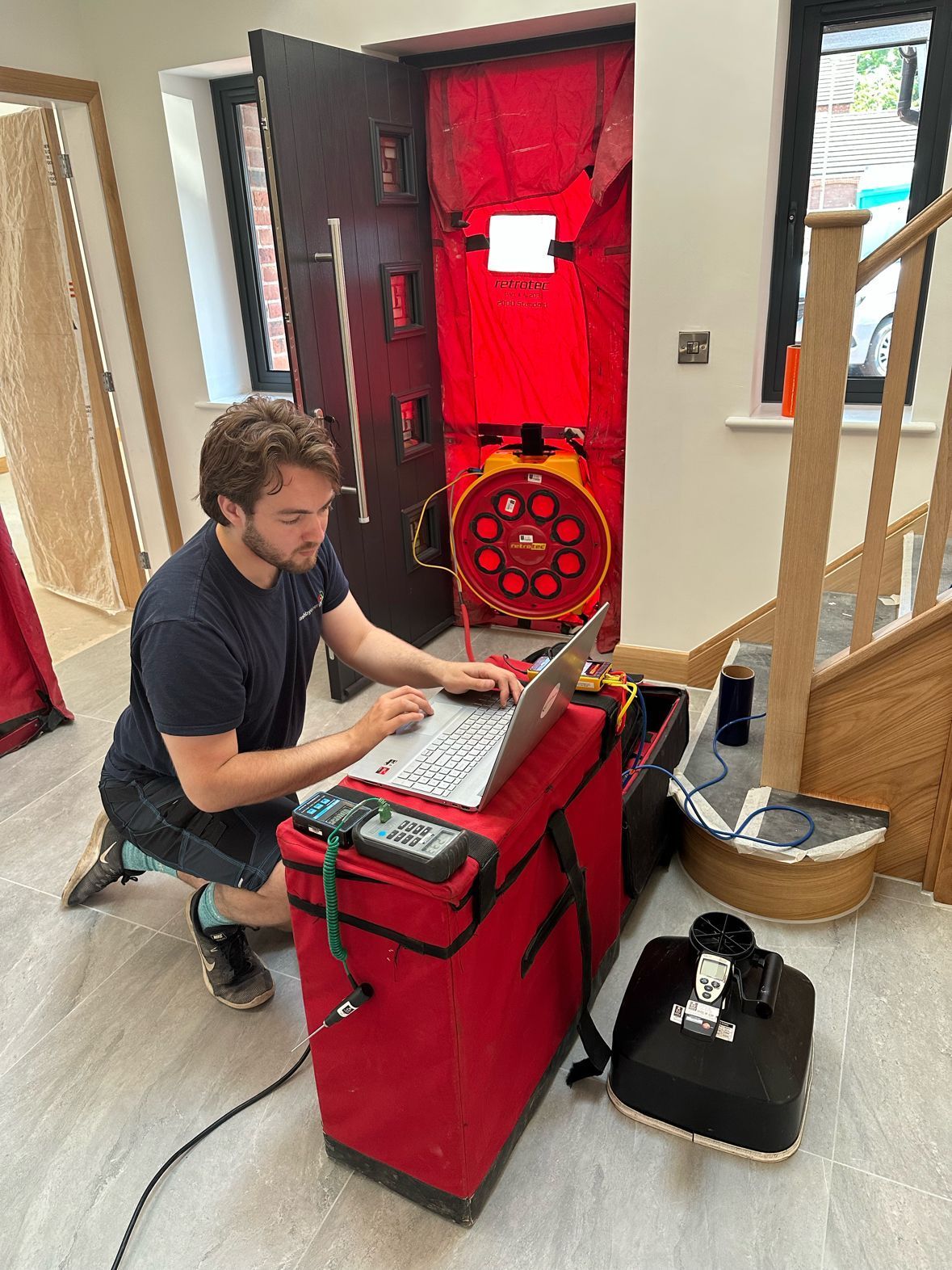Importance of Thermal Bridging in 2021 Part L Regulations
Thermal Bridging in 2021 Part L Regulations
From June 2022, the Government has removed the option to use the Accredited Construction Details in SAP assessments by Energy Assessors and builders on site.
The junctions will need to be constructed to another Governments approved details, or separately calculated for bespoke junctions. But why are thermal bridges important?
What is a psi value?
As we know, the heat is lost from the building through its fabric and ventilation.
We often characterize the building with U values achieved by thermal elements (floor, walls, and roof), but we also must consider the junction losses, called psi (Ѱ) values.
They are similar to U values, but instead of indicating the heat loss of planes in W/m2K, they do that in W/mK.
How psi values and thermal bridging can affect my building?
Different materials have different thermal conductivity.
A cavity wall consists of relatively high thermal conductivity materials on both sides, while insulation with low thermal conductivity is inside.
When cavity wall creates a corner junction and the insulation layer inside is continuous, we might still expect good thermal properties of this wall and a low psi value.
However, if that layer was not continuous, or bridged with structural steel, we might expect the psi value to be high and exceed the notional dwelling in new Part L Approved Document.
It would be then very hard to achieve compliance on fabric efficiency.
It is then important to build our houses to a specific requirement advised on details by LABC or other to use certain types of cavity closers, to have continuous insulation or seal the gaps.
By doing that, we not only claim psi values to use in SAP and help us in compliance, but also build a very thermal efficient dwelling.
On new regulations, there is also a requirement for the builder to supply photographs of the construction details, therefore, it is important that we build the house according to the ones specified by SAP assessor, as the Building Control might easily verify that from pictures.
Apart from psi values in SAP, thermal bridging has also impact on condensation risk.
Badly designed junctions might be at risk of mould growth, because of temperature drop on the internal face of the junction.
Steel lintels, not continuous insulation, or lack of it might result in low inner temperature of the element and attract moisture.
New SAP requires most of the junctions to be either built to specific details, however, there are not that many of them to which our specification will suit.
Alternative will be to calculate them separately and use in SAP.
These can be then used in every future project using the same specification.
Please contact us if you require psi value calculations for SAP or have any queries in regard to thermal bridging and how to calculate the
psi values.
Ashby Energy Assessors Blog and News

Contact Us
We will get back to you as soon as possible
Please try again later
Directory
Contact Information
01476 870504
info@ashbyenergy.co.uk
Ashby Energy Assessors Ltd
Head Office
Landrace Lodge
Friars Well Estate
Wartnaby
Melton Mowbray
Leicestershire
LE14 3HQ
All Rights Reserved | Ashby Energy Assessors | Design & Build By Kangaroo UK



